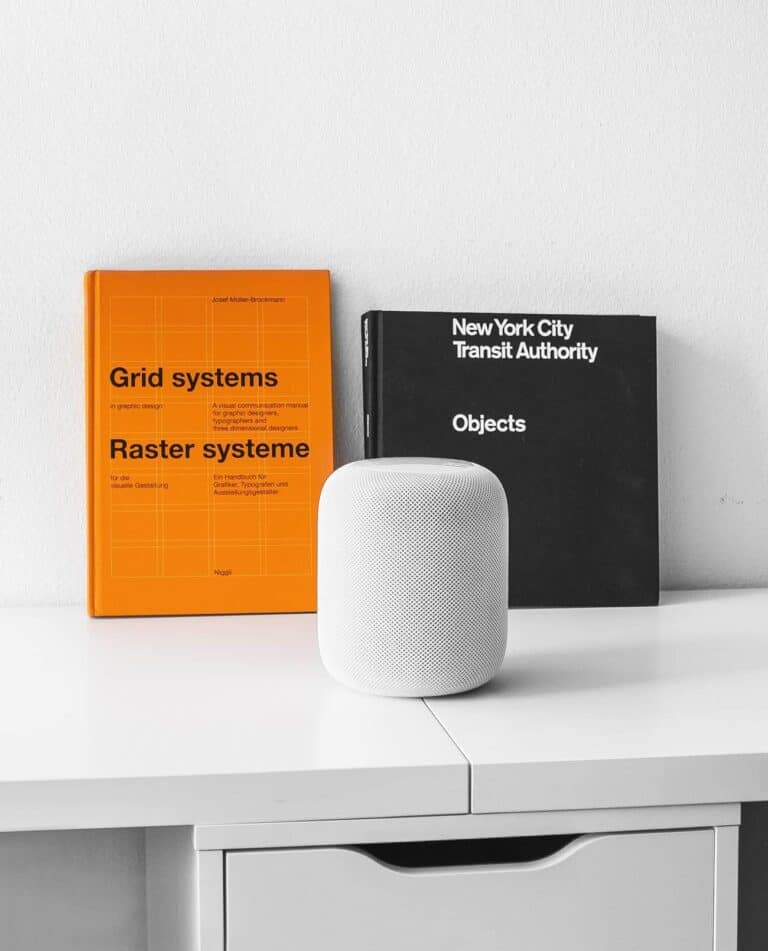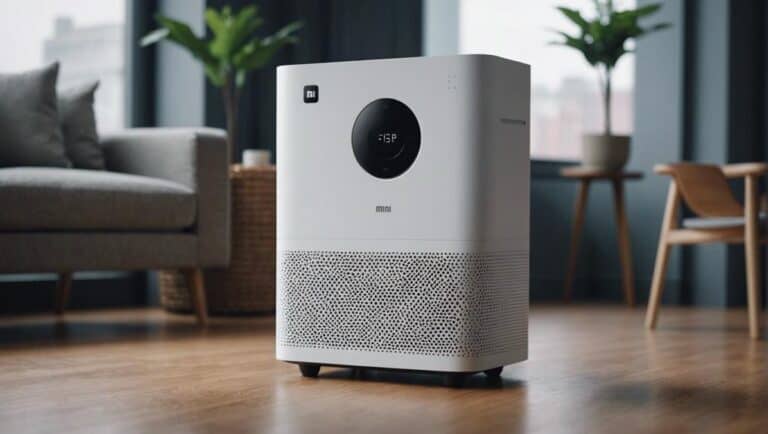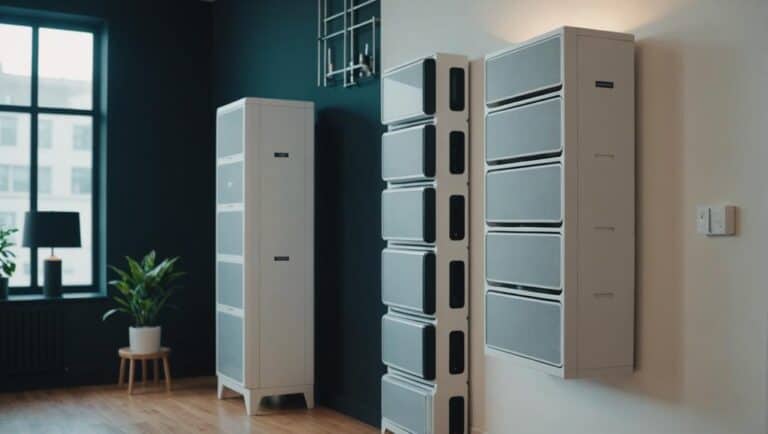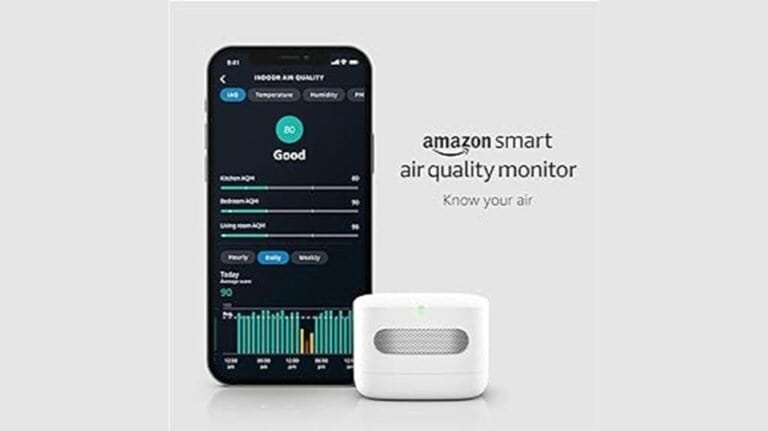Comparing Air Purifiers and Fans: Making the Right Choice for Your Indoor Air Quality
In today’s fast-paced and polluted world, maintaining good indoor air quality has become a significant concern for many. With the rise in respiratory issues and allergies, individuals are looking for effective solutions to purify the air they breathe within their homes or office spaces. Two popular choices that often come to mind are air purifiers and fans.
While both offer advantages in enhancing indoor air quality, it is crucial to understand their key differences before making a decision. In this comprehensive article, we will explore the contrasting features of air purifiers and fans, equipping you with the knowledge necessary to make an informed choice that aligns perfectly with your needs and requirements when it comes to improving your indoor environment.
Understanding the Functionality of Air Purifiers
Understanding the functionality of air purifiers is essential for individuals seeking to improve their indoor air quality. Air purifiers are devices designed to remove various pollutants and contaminants from the air, such as dust, pollen, pet dander, mold spores, and smoke particles. They work by using filters or other purification methods to capture these harmful substances and release clean air back into the room.
The primary function of an air purifier is to eliminate airborne pollutants that can contribute to respiratory issues and allergies. By removing these irritants from the air, air purifiers can provide significant relief for those suffering from asthma or other breathing difficulties. Additionally, they can also help create a healthier environment for everyone in the space by reducing odors and preventing the spread of germs.
It is important to note that not all air purifiers are created equal in terms of their effectiveness. Factors such as the type of filter used (HEPA filters being highly efficient), the size of the unit, and its coverage area should be considered when choosing an appropriate model for specific needs. Understanding how different types of air purifiers function will enable users to make informed decisions about which device best suits their requirements for improved indoor air quality.

The Benefits of Air Purifiers for Indoor Air Quality
Maintaining good indoor air quality is vital for our health and well-being, especially in today’s world where pollution and respiratory issues are on the rise. Air purifiers provide an effective solution to purify the air we breathe within our homes or office spaces.
One of the key benefits of air purifiers is their ability to remove harmful pollutants such as allergens, dust, pet dander, and even odor-causing particles from the air. This can greatly improve the overall indoor air quality, reducing the risk of respiratory problems and allergies.
Another advantage of using air purifiers is their versatility in addressing a wide range of indoor air quality concerns. Some models come equipped with advanced filters that can effectively trap even micron-sized particles like bacteria and viruses.
These devices also often include additional features such as UV germicidal lamps or ionizers which further help to eliminate airborne pathogens. By investing in an air purifier, individuals can create a healthier environment for themselves and their families.
Furthermore, unlike fans which only circulate stale air around a room without actually cleaning it, air purifiers actively work to clean and refresh the stagnant indoor environment.
With advancements in technology, modern-day air purifiers are designed to be energy-efficient yet powerful enough to effectively filter out contaminants from large areas. This makes them not only suitable for residential use but also for commercial spaces where maintaining high-quality indoor atmosphere is crucial.
In conclusion, when it comes to improving indoor air quality, choosing an air purifier over a fan provides several distinct advantages. From removing harmful pollutants to addressing specific needs like allergy relief or eliminating odors, these devices offer comprehensive solutions tailored specifically towards creating cleaner and healthier breathing environments for all occupants.
Exploring the Advantages of Fans in Improving Air Circulation
Exploring the Advantages of Fans in Improving Air Circulation
Fans play a crucial role in improving air circulation and can be an effective solution for enhancing indoor air quality. One key advantage of fans is their ability to create airflow, which helps to disperse stagnant air and remove odors or pollutants from the environment. Unlike air purifiers that rely on filters or chemicals to clean the air, fans simply move the existing air around, making them a cost-effective option.
In addition, fans are highly versatile and can be used in a variety of settings. They come in different sizes and styles, allowing individuals to choose one that suits their specific needs. Whether it’s a ceiling fan that circulates cool breeze throughout a room or a portable fan placed strategically near sources of pollution, they help to maintain fresh and healthy indoor environments.
Another advantage of using fans is their energy efficiency compared to other cooling options such as air conditioning units. By promoting better airflow and reducing reliance on artificial cooling systems, fans not only improve indoor comfort but also contribute towards lower energy consumption.
Overall, exploring the advantages offered by fans enables individuals to make informed decisions when it comes to improving indoor air quality effectively while considering factors such as affordability, versatility, and sustainability.
Comparing the Filtering Capabilities of Air Purifiers and Fans
In comparing the filtering capabilities of air purifiers and fans, it is important to note that while both devices can improve indoor air quality, they serve different purposes. Air purifiers are specifically designed to filter out pollutants such as allergens, dust particles, mold spores, and airborne bacteria. They utilize filters or purification systems that can effectively trap these contaminants and provide cleaner air for individuals with respiratory issues or allergies.
On the other hand, fans do not have built-in filtration systems like air purifiers. Their main function is to circulate airflow within a space, providing relief from heat or stagnant environments. While fans may help in dispersing some airborne particles and improving ventilation in a room, they do not have the capacity to remove harmful pollutants like an air purifier does.
When considering which device to choose for enhancing indoor air quality, it ultimately depends on individual needs and priorities. If reducing allergens or improving respiratory health is a primary concern, investing in an air purifier would be a more suitable choice. However, if cooling down the environment and increasing ventilation are of utmost importance without specific regard for pollutant removal, then using a fan would suffice.
Examining the Energy Efficiency of Air Purifiers Versus Fans
Examining the energy efficiency of air purifiers versus fans is an important factor to consider when choosing a device for your indoor air quality needs. Air purifiers are known for their ability to remove pollutants and allergens from the air, making them ideal for individuals with respiratory issues or allergies. However, this effectiveness often comes at a cost – most air purifiers require high amounts of energy to operate continuously.
On the other hand, fans are typically more energy-efficient than air purifiers, as they only circulate the existing air in a room without actively cleaning it. While fans do not actively filter out contaminants like an air purifier does, they can still provide relief by improving ventilation and creating better airflow. Additionally, certain fan models offer specialized features such as ionization or carbon filters that can help trap some particles and odors.
When comparing energy efficiency between these two devices, it is essential to consider not only their initial electricity consumption but also their long-term impact on utility bills. While fans tend to have lower power usage overall compared to air purifiers due to their limited functionality, running either device constantly will inevitably lead to higher electricity costs.
In conclusion, while both options have distinct benefits for enhancing indoor air quality in different ways, understanding their differences in terms of energy efficiency is vital when making an informed decision about which device best suits your needs and budget constraints.
Considering Noise Levels: Air Purifiers vs Fans
When considering noise levels, air purifiers and fans have distinct differences. Air purifiers are designed to operate quietly, allowing them to efficiently remove pollutants from the air without causing disruption or distraction in a room. Their advanced filters and technology work silently in capturing allergens, dust particles, and other harmful contaminants present in the environment. This makes them an ideal choice for those who require a peaceful indoor atmosphere.
On the other hand, fans tend to generate more noise due to their airflow mechanism. While they can provide cooling relief during hot summer months or circulate stale air in closed spaces, their operation often produces audible sounds that might be disturbing for some individuals. However, it should be noted that advancements in fan technology have led to quieter options being available on the market today.
Ultimately, when it comes to considering noise levels between air purifiers and fans, air purifiers offer a more tranquil indoor environment while effectively removing airborne pollutants. Fans may still be suitable for those looking solely for airflow but should be carefully considered if noise is a concern.
Factors to Consider When Choosing Between Air Purifiers and Fans
When choosing between air purifiers and fans, there are several factors that need to be considered. One important factor is the specific needs of the individual or space in question. Air purifiers are designed to remove contaminants from the air such as allergens, dust particles, and pollutants. They can be particularly beneficial for individuals with allergies or respiratory conditions. On the other hand, fans do not clean or filter the air but instead circulate it within a room, providing a cooling sensation. Fans can be more suitable for those who simply want to improve airflow and create a comfortable environment.
Another factor to consider is noise level. Some air purifiers may produce white noise or low-level sounds when operating, while others are virtually silent. It’s important to determine whether this will be an issue based on personal preferences and how disruptive certain levels of noise may be in your chosen setting. In contrast, fans tend to generate more noticeable sound levels due to their moving parts and motor.
Cost is also an important consideration when comparing these two options. Air purifiers generally require ongoing maintenance costs in terms of replacement filters which may need periodic changing depending on usage frequency and brand recommendations whereas fans have lower upfront costs since they don’t typically have additional components that regularly need replacing.
Overall, considering factors such as specific needs (cleaning vs circulation), noise level tolerance, and budget constraints will help individuals make an informed decision between purchasing an air purifier or fan for improving indoor air quality.







2 Comments